Gold In Colorado!
The 1858 edition of Charles Desilver's map of the American West is a notable document showcasing the evolving geographic understanding of the region during a crucial period of territorial expansion and settlement. One of the most significant aspects of this map is its acknowledgement of the discovery of Gold in the soon-to-be Colorado Territory, marked by the prominent label "Gold Region" on the South Fork of the Platte River near Cherry Creek. This was a key factor in the rapid population growth of the region.
Another important features is the first attempt to depict the modern county boundaries in the soon-to-be territories of Nevada and Arizona. In contrast to the previous map's horizontal county formations across Utah and New Mexico.
In Washington and Oregon, coastal counties are depicted, with the introduction of the first counties east of the Cascades—Skamania, Walla Walla, and Wascopen. The updated map also incorporates numerous new trails, including those forged by John Fremont and Colonel Stephen Kearny. Historical routes like the Spanish or Los Angeles Route, the Oregon Trail, and the Lewis & Clark Canoe Routes are retained.
The map reflects the effects of the Gadsden Purchase, a significant land purchase from Mexico that took place in 1853 and provided the United States with present-day southern Arizona and southwestern New Mexico. The map also presents a boundary dispute between the United States and Mexico, showing both Bartlett's line and Graham's line east of Tucson.
As for the territories, Utah was established in 1850, Oregon in 1848, Washington in 1853, and New Mexico in 1850. Their boundaries evolved dramatically during the period between 1845 and 1861, reflecting the political and economic realities of the time—ranging from the Gold Rush's impact on California to the geopolitical implications of the Gadsden Purchase.
The discovery of gold in Colorado marked a pivotal period in the history of the American West. Although the California Gold Rush of 1849 is often the most recognized gold rush in American history, the discovery of gold in the region that would become Colorado also had significant impacts.
In the summer of 1858, a party of prospectors from Georgia, led by Green Russell, discovered traces of gold along the South Platte River near present-day Denver. This find was relatively modest but still promising. Word of this discovery rapidly spread, fueling interest in the region, much like the discovery of gold had done in California nearly a decade earlier.
The more substantial gold strike, however, came in 1859, an event now known as the Pike's Peak Gold Rush or the Colorado Gold Rush. Thousands of prospectors, known as "Fifty-Niners" in a nod to the "Forty-Niners" of California, flocked to the region in the hope of making their fortunes. This was despite the fact that the gold was actually discovered in the Rocky Mountain foothills, some 85 miles north of Pike's Peak.
The influx of settlers to the region led to rapid growth in population, infrastructure, and community development. This period saw the establishment of many of Colorado's historic towns, including Denver and Boulder, and led directly to the creation of the Colorado Territory in 1861. Thus, the discovery of gold between 1858 and 1860 had lasting impacts on the social, economic, and political development of Colorado, and was a significant chapter in the broader narrative of American westward expansion.

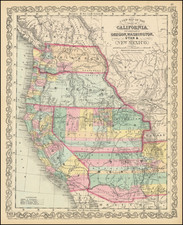








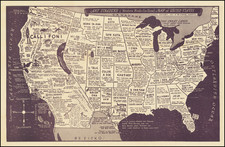
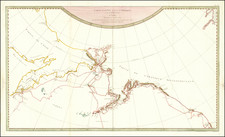
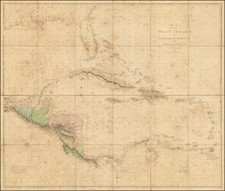
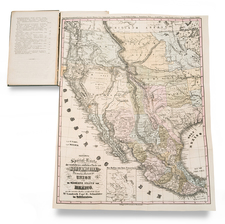
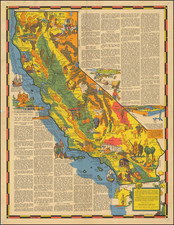
![[Eastern San Diego County] Cuyamaca Quadrangle](https://storage.googleapis.com/raremaps/img/small/83422.jpg)